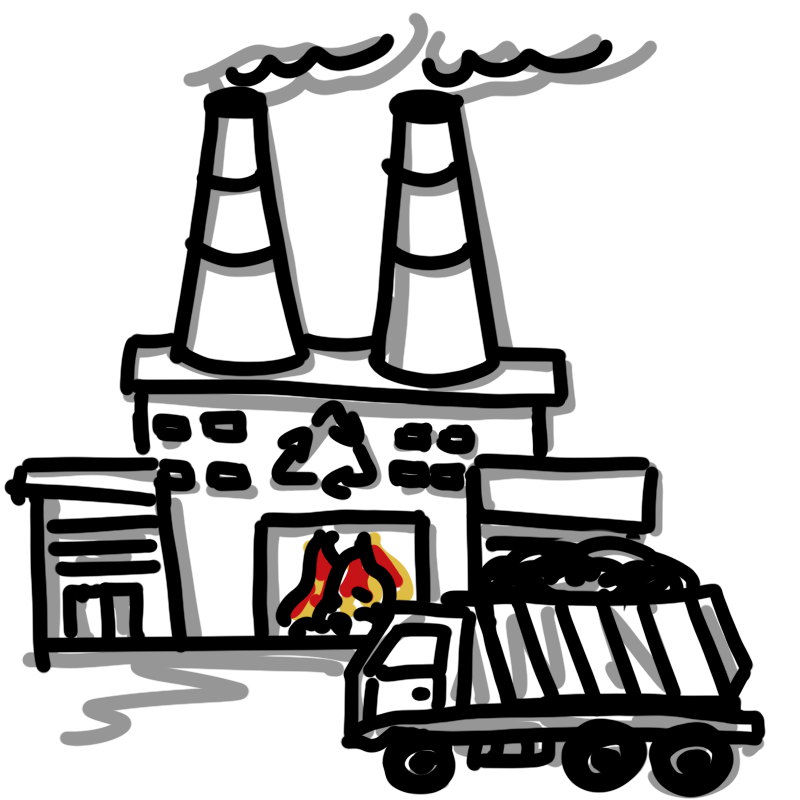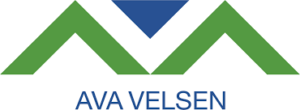Waste incineration plants
The optimisation of waste and waste incineration plants requires very specific competence and a lot of experience. The aim is to optimally combine process technology with control technology. The most important aspects are the control of the firing rate, the fuel supply, the entire air management (air preheating, primary air, secondary air, rezi), the emissions and, depending on the focus, also the TOC value (total organic carbon). Translated with www.DeepL.com/Translator (free version) 
In our services, we combine the well-founded, in-depth knowledge of the usual plant design as well as the associated strengths and potentials with extensive data evaluation, trend analyses and corresponding interpretation of the process-engineering optimisation possibilities.
Our specialisation in this linked process and control engineering process optimisation during operation guarantees uninterrupted operation when implementing our optimisations and uses defined revision windows for adaptations.
We ensure compliance with the official emission limits. You typically benefit from stable combustion process control and higher overall efficiency as a result of our intelligent control systems (EPOC®). Even with heterogeneous fuel, we achieve stable operation of your plant. Our control systems are designed for all common boiler types and sizes.
Performance overview
- Process engineering plant analysis with focus on efficiency, emissions, TOC and overall performance
- Data analysis (e.g. second data over several years of operation)
- Design of plant optimisations (furnace, air system, air volumes, firing position, grate, fluidised bed)
- Simulation of district heating networks for more efficient operation of FW networks with minimum losses
- Optimisation of the control of the entire plant (performance & waste throughput)
Your advantages
- Increased efficiency of the firing system, minimisation of flue gas losses
- Automated management of large fuel fluctuations (calorific value, bulk density, water content, ash content)
- Prediction systems for optimum plant operation (including prediction systems for district heating consumption)
- Optimised operation
- Minimisation of the plant’s own energy demand
- Minimisation of emissions (CO, NOx, SO2, HCl, NH3, dioxins, dust, …)
- Integration into plant networks or decoupled operation in the case of plant networks
- Longer service life, reduced fluctuations in steam production
- Optimum economic efficiency of your plant
Related topics
Products
Blog article on the topic



